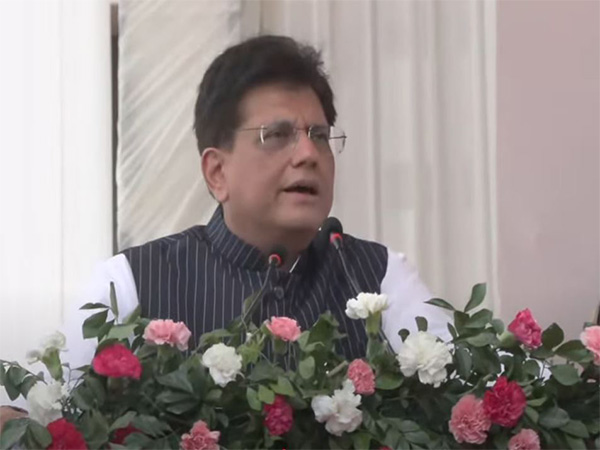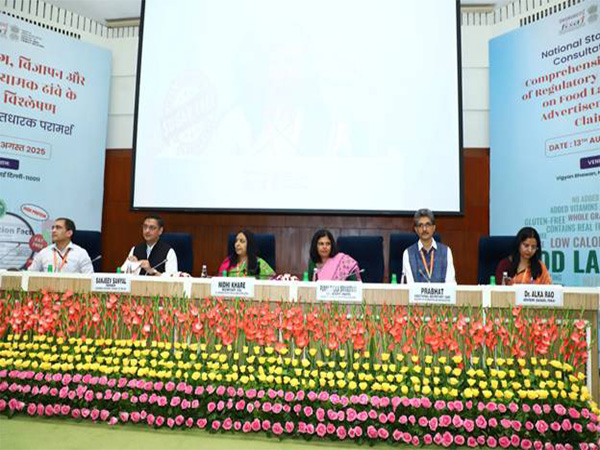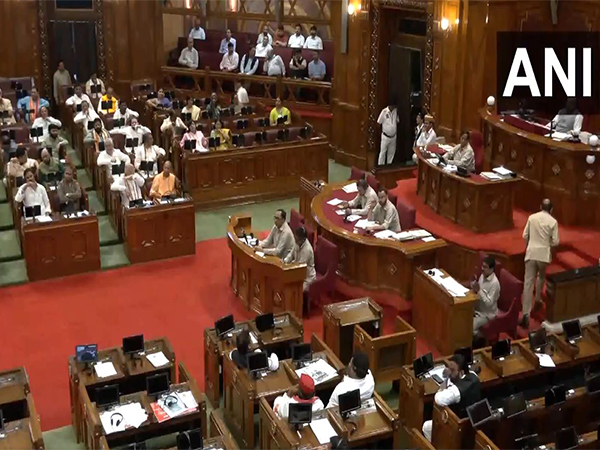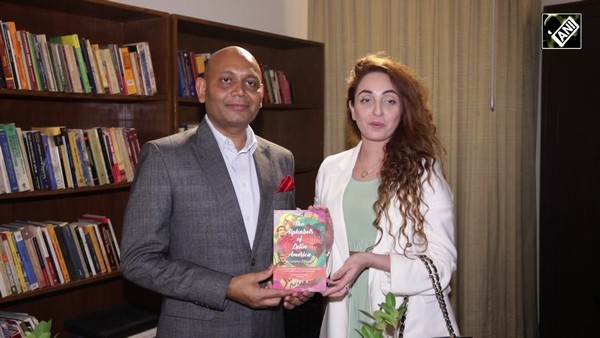FTA with Australia to create a level-playing field for garment textile exporters: India Ratings
Dec 08, 2022

New Delhi [India], December 8 : India's free trade agreement (FTA) signed with Australia, which comes into effect from December 29 this year, will be beneficial for Indian garment and home textile exporters, according to India Ratings and Research (Ind-Ra).
Australia's zero import duty access to India, which was earlier 5 per cent, will provide a level-playing field with exports from China, Vietnam and Bangladesh, the Ratings agency said on Thursday.
Given that China accounts for almost 60 per cent of textile imports into Australia with India at 5-6 per cent, Ind-Ra expects the volume of exports to gradually increase in 2023 and thereafter may increase further based on producer capacities. A long-term shift for meaningful volume increases, which encourages incremental capital expenditure, would necessitate improving the cost competitiveness and availability of a pool of skilled labour, it added.
The agency said the availability of domestic sources of cotton and long-term visibility of demand could encourage domestic entities to diversify exports and manage demand cyclicality better.
FTA with Australia eliminates the import duty on textile exports from India bringing them at par with China, Vietnam and Bangladesh, according to the agency. India's exports to Australia contribute 5-6 per cent to the total Australian requirement and at a value of USD 500-600 million, they remained at 1-2 per cent of total textile exports from India in 2020.
Given the economic challenges being faced by some exporting nations and the increasing need to diversify supply chains, Indian home textile/garment producers are likely to benefit.
The ratings agency opined that given the slowdown being experienced by the US and Europe, this could provide partial relief along with other FTAs likely to be signed with UAE, UK, Canada and Israel.
According to the agency, these markets have an aggregate textile import of USD 60 billion and even an incremental gain of 5 per cent for India would be a 50 per cent gain on the existing exports of USD 6 billion. The total textile export from India to the world aggregated USD 43 billion in FY22.
India exports a significant proportion of its low value-added products 25-30 per cent in FY22 such as yarn and fabrics to China, Bangladesh and Vietnam which use them to value add and export to countries such as Australia and other potential FTA partners, it said.
Ind-Ra expects the removal of these tariff barriers through FTAs to increase the incentive to create value addition within the country and increase the proportion of such products in the overall export basket. This will aid the process of diversification and limit the inherent cyclicality associated with the industry.
The textile industry, especially lower down the value chain, remains susceptible to booms and busts, and it is likely that with a less cyclical demand, the risk of defaults and restructuring is reduced significantly over a period of time, it said.
The removal of duties under the FTA would need to be complemented with improved cost competitiveness with other Asian exporters, the agency said.
According to the ratings agency, China, Vietnam and Bangladesh continue to hold major market shares in the import basket of Australia and a meaningful shift in volumes would necessitate looking at addressing tax anomalies, shortage of skilled labour and increasing the focus on sustainable practices including the use of green energy.
As wage costs in China continue to rise, the ratings agency said India would stand to benefit, although, our costs are still higher in relation to Vietnam, Bangladesh and Pakistan.




















